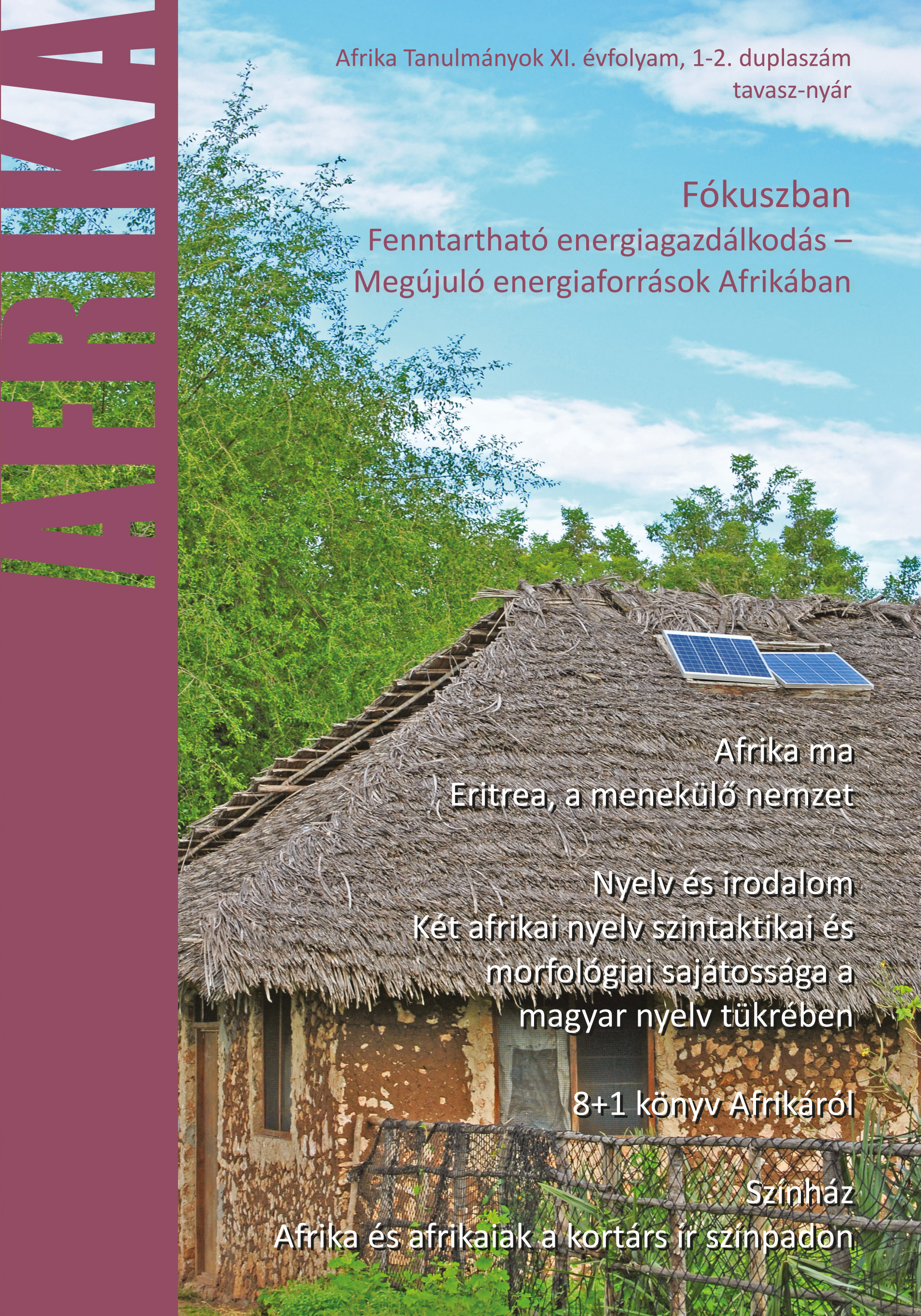Africa and Africans on the Contemporary Irish Stage: Intercultural and Theatrical Challenges
Abstract
During the 19th century Ireland was a colony of Great Britain like many countries and regions in Africa. Some scholars representing British colonial ideology even pinpointed similarities between African and Irish bodily and mental features to underscore their joint infiriority to the Anglo-Saxon race. Eminent writers like J. M. Synge and James Joyce made overt or covert references to the shared lot of colonized African and Irish communities and individuals in their early 20th century modernist literary works. In the contemporary Irish theatre since the 1990s, a time when the number of African refugees and migrants searching for shelter and a better life in Ireland started to increase quite rapidly, references to Africa and the inclusion of African characters have become part of the intercultural focus of several productions. The present paper discusses three pieces that demonstrate this development in different ways regarding their dramaturgy and theatrical devices. The works under investigation are Brian Friel`s Dancing and Lughnasa, Asylum! Asylum! by Donal O`Kelly and a new version of J. M. Synge`s The Playboy of the Western World using Nigerian characters as Christy Mahon and his father, co-authored by Nigerian theatre director Bisi Adigun and Irish writer Roddy Doyle
Downloads
Published
How to Cite
Issue
Section
License

This work is licensed under a Creative Commons Attribution-NonCommercial-NoDerivatives 4.0 International License.


